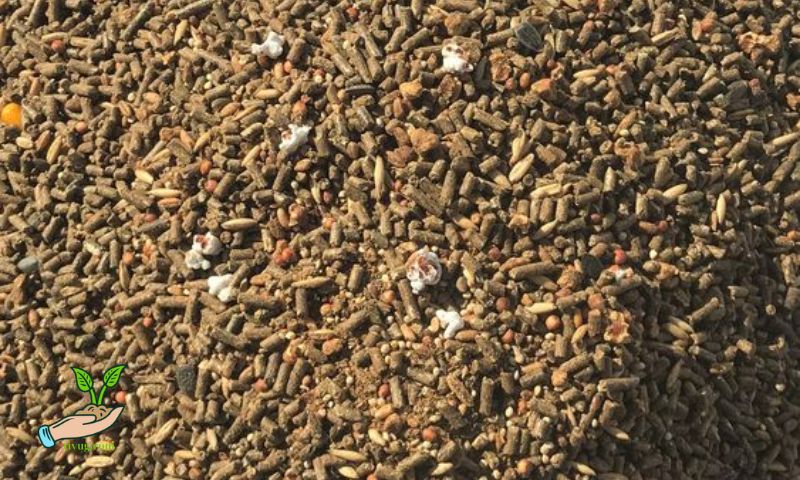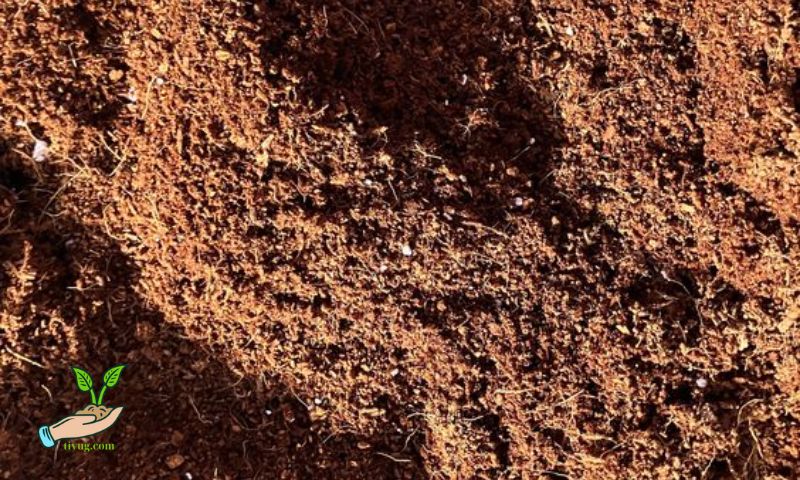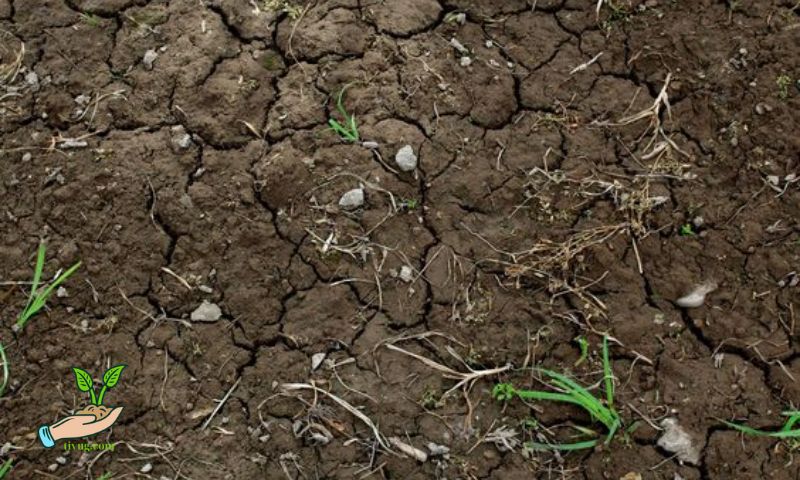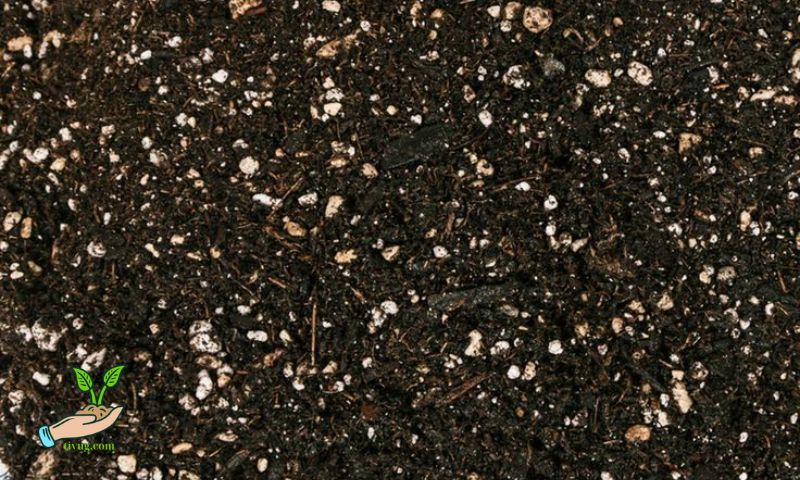Barren soil is defined as soil that has lost its fertility and ability to support plant life. This can result from various factors such as erosion, nutrient depletion, and poor management practices. Barren soil typically has low organic matter, poor structure, and a lack of essential nutrients. It may appear dry, and compacted, and lack the rich, dark color characteristic of fertile soil.
Importance of Soil Improvement

Improving soil quality is crucial for sustainable agriculture and plant growth. Healthy soil supports robust plant development, leading to better yields and healthier crops. Improved soil also enhances water retention, reduces erosion, and promotes biodiversity by providing a habitat for beneficial microorganisms. By restoring barren soil, we can improve food security, reduce the need for chemical fertilizers, and support overall environmental health.
Assessing Soil Condition
Soil Testing
Soil testing is a critical first step in improving barren soil. It helps identify nutrient deficiencies, pH levels, and the presence of contaminants. Conducting a soil test involves collecting soil samples from different areas of the field or garden and sending them to a laboratory for analysis. The results will provide detailed information on the soil’s composition and recommendations for amendments.
Identifying Soil Deficiencies
Common deficiencies in barren soil include low levels of nitrogen, phosphorus, and potassium, as well as micronutrients such as iron, zinc, and magnesium. Signs of poor soil quality include stunted plant growth, yellowing leaves, and poor crop yields. Soil testing can pinpoint these deficiencies and guide appropriate remediation efforts.
Methods to Improve Barren Soil

Adding Organic Matter
Incorporating organic matter is one of the most effective ways to improve barren soil. Organic matter, such as compost and manure, enriches the soil with essential nutrients and enhances its structure. Composting involves recycling organic waste materials like kitchen scraps, leaves, and grass clippings into a nutrient-rich soil amendment. Manure from livestock also provides valuable nutrients and improves soil texture.
To incorporate organic matter into the soil, spread a layer of compost or manure over the soil surface and work it into the top few inches using a garden fork or tiller. This process should be done before planting and can be repeated annually to maintain soil health.
Cover Cropping
Cover crops are plants grown primarily to benefit the soil rather than for harvest. They help improve soil fertility, structure, and organic matter content. Common cover crops include legumes, grasses, and brassicas. Legumes, such as clover and alfalfa, fix atmospheric nitrogen into the soil, enriching it with this vital nutrient. Grasses like rye and oats help prevent erosion and improve soil structure.
To use cover crops, plant them during the off-season or alongside main crops. Once they have grown, they can be tilled into the soil as green manure, adding organic matter and nutrients.
Mulching
Mulching involves covering the soil surface with organic or inorganic materials to conserve moisture, suppress weeds, and regulate soil temperature. Organic mulches, such as straw, wood chips, and leaves, decompose over time, adding organic matter to the soil. Inorganic mulches, like plastic or landscape fabric, do not decompose but still provide benefits in terms of moisture retention and weed control.
Spread mulch evenly over the soil surface, leaving space around plant stems to prevent rot. Replenish organic mulches as they break down to maintain a consistent layer.
Soil Amendment Techniques

Lime and Gypsum
Lime and gypsum are commonly used soil amendments that improve soil structure and nutrient availability. Lime is primarily used to raise soil pH, making it less acidic. This is important because many plants thrive in a neutral to slightly acidic pH range. Gypsum, on the other hand, does not affect soil pH but helps improve soil structure by breaking up compacted soil and enhancing water infiltration.
To apply lime, follow the recommendations from a soil test, typically spreading it evenly over the soil surface and working it into the top few inches. Gypsum can be applied similarly, based on soil test results and specific soil needs.
Fertilizers
Fertilizers provide essential nutrients that may be lacking in barren soil. There are various types of fertilizers, including organic options like bone meal and fish emulsion, and inorganic ones like synthetic NPK (nitrogen, phosphorus, potassium) blends. The choice of fertilizer depends on the specific nutrient deficiencies identified through soil testing.
Apply fertilizers according to the manufacturer’s instructions and soil test recommendations. Over-fertilizing can harm plants and the environment, so it’s important to use the correct amount and type of fertilizer for your soil’s needs.
Water Management
Irrigation Techniques
Proper irrigation is crucial for improving barren soil. Efficient irrigation methods, such as drip irrigation and soaker hoses, deliver water directly to plant roots, reducing water waste and promoting deeper root growth. These methods also help maintain consistent soil moisture levels, which is essential for healthy plant development.
To implement drip irrigation, install a network of tubing with emitters that deliver water slowly and evenly to the soil. Soaker hoses can be laid on the soil surface or buried slightly, providing a slow, steady water supply to plants.
Drainage Solutions
Poor drainage can contribute to soil barrenness by causing waterlogged conditions that inhibit root growth and nutrient uptake. Improving soil drainage involves techniques such as creating raised beds, installing drainage tiles, and adding organic matter to improve soil structure.
Raised beds elevate the soil, allowing excess water to drain away more effectively. Drainage tiles are underground pipes that channel excess water away from the planting area. Adding organic matter helps create a more porous soil structure, enhancing drainage and root aeration.
Long-term Soil Management
Crop Rotation
Crop rotation involves growing different types of crops in the same area in successive seasons. This practice helps prevent soil depletion, reduce pest and disease buildup, and improve soil structure and fertility. Different crops have varying nutrient requirements and root structures, which can enhance soil health over time.
To plan effective crop rotations, group crops based on their botanical families and rotate them through different sections of your garden or field each year. For example, follow legumes with heavy feeders like corn, and then plant root crops or leafy greens.
Maintaining Soil Health
Sustaining soil fertility and health requires ongoing effort and monitoring. Practices such as regular soil testing, adding organic matter, and using cover crops should be part of a long-term soil management plan. Monitoring soil health involves observing plant growth, checking for signs of nutrient deficiencies, and conducting periodic soil tests to adjust amendments as needed.
In addition, reducing soil disturbance through no-till or low-till practices can help preserve soil structure and microbial activity. These practices minimize soil erosion, maintain organic matter levels, and support a healthy soil ecosystem.
Conclusion
Improving barren soil involves a combination of assessment, amendments, and long-term management practices. Key steps include soil testing to identify deficiencies, adding organic matter, using cover crops, mulching, and applying appropriate soil amendments like lime, gypsum, and fertilizers. Efficient irrigation and drainage solutions are also essential for maintaining optimal soil moisture levels. Long-term strategies such as crop rotation and no-till practices help sustain soil health and fertility.
Restoring barren soil is a rewarding endeavor that benefits both the environment and agricultural productivity. By committing to soil improvement practices, you can create a fertile, healthy growing environment that supports robust plant growth and enhances the overall ecosystem. The positive outcomes of improved soil quality include increased crop yields, reduced reliance on chemical inputs, and a more sustainable approach to land management.

